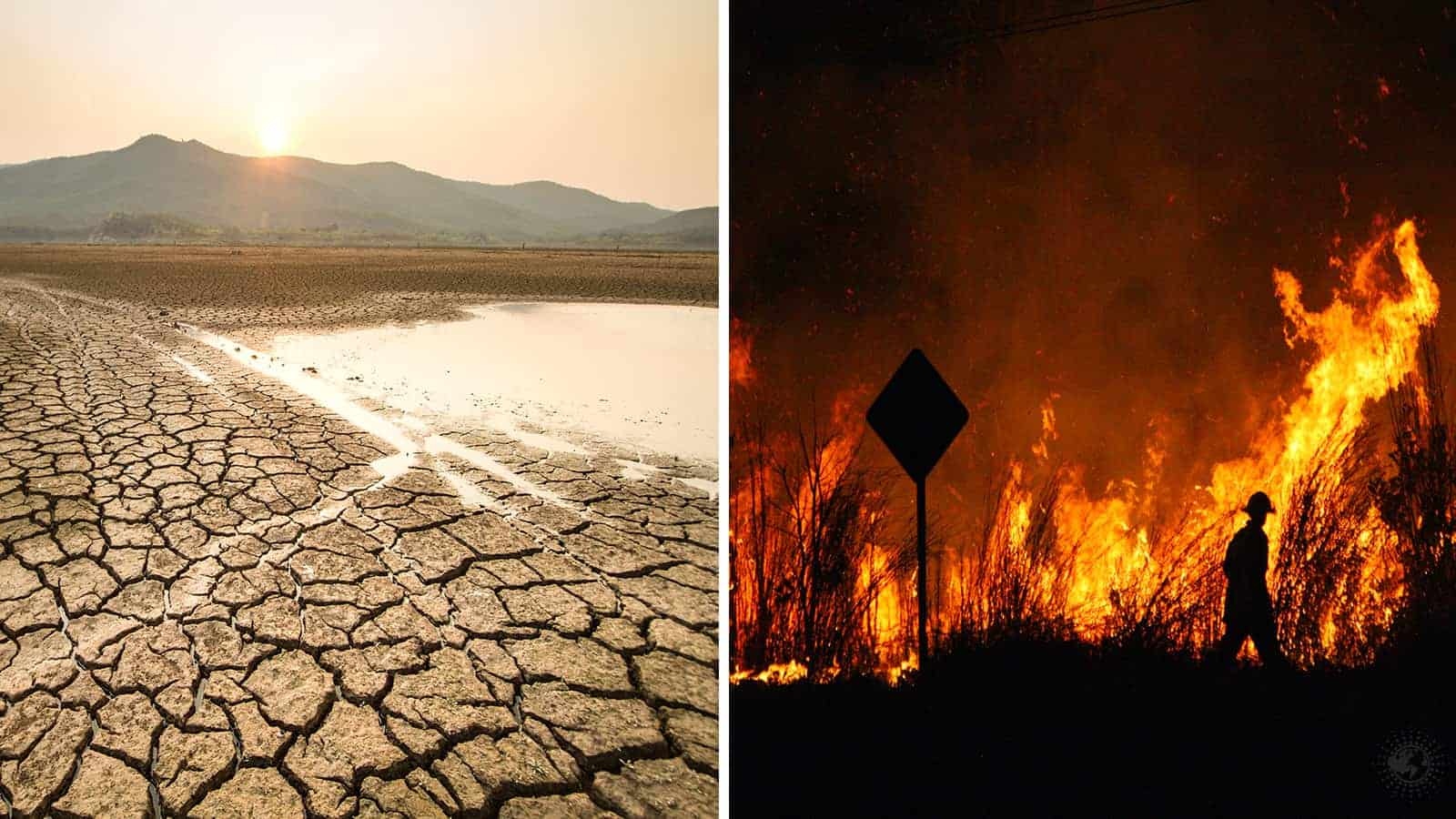According to recent research by NASA, 2020 tied with 2016 as the warmest year in Earth’s recorded history. Scientists at NASA’s Goddard Institute for Space Studies (GISS) in New York studied the global average surface temperature for last year. They found that the temperature had risen 1.84 degrees Fahrenheit above the baseline 1951-1980 mean. 2020 beat out 2016 by only a fraction, so taking into account the margin of error, they tied for the warmest year ever.
“The last seven years have been the warmest seven years on record, typifying the ongoing and dramatic warming trend,” said GISS Director Gavin Schmidt. “Whether one year is a record or not is not really that important — the important things are long-term trends. With these trends, and as the human impact on the climate increases, we have to expect that records will continue to be broken.”
The climate trend
It seems that Earth’s surface temperature will only continue to rise, going by current trends. Since the late 19th century, scientists have observed an average temperature increase of 2 degrees Fahrenheit. Researchers say that tracking these temperature changes helps them understand how humans affect the planet. Human activities, especially greenhouse gas emissions, have caused irreversible changes to our planet and atmosphere.
Specifically, increasing temperatures have caused ice sheets to melt and sea ice to disappear, leading to rising sea levels. Heatwaves have become more frequent and severe, and loss of biodiversity worsens every year. Many animals have gone extinct due to the changing climate, and hurricanes and floods have gotten more extreme.
However, by analyzing long-term climate trends, scientists can predict future conditions and suggest how we can adapt. For example, we can better understand which crops will fare well in a changing environment and manage water sources. Also, with the weather becoming more unpredictable, humans will need to make more extensive preparations.
 Data NASA used to rank the record-shattering 2020
Data NASA used to rank the record-shattering 2020
The National Oceanic and Atmospheric Administration (NOAA) performed a separate analysis and concluded that 2016 beat 2020 for the warmest year on record. While NOAA scientists used most of the same data in their analysis, they go by a different baseline period (1901-2000) and procedure. Also, NOAA does not estimate temperatures in polar regions without observations like NASA does, which explains most of the scientific calculations.
The temperature analysis contains a small margin of error, like all scientific observations. This is due to fluctuations in weather station locations and temperature measurement methodologies. The GISS temperature analysis (GISTEMP) has an accuracy rate within 0.1 degrees Fahrenheit with a 95 percent confidence level for the recent observation period.
Other factors contributing to global temperature changes
The Earth’s overall warming trend will likely continue; however, many factors come into play when measuring the yearly average temperature. In 2020, for instance, two major events altered the amount of direct sunlight that penetrated to the Earth’s surface.
The Australian bush fires
Massive wildfires scorched 46 million acres of land in Australia during the first half of 2020. Because of this, smoke and other particles rose 18 miles high into the atmosphere, blocking the sun and creating a cooling effect.
Global shutdowns due to the pandemic
On the other hand, the lockdowns throughout 2020 reduced air pollution in many locales, which allowed more sun to hit Earth’s surface. Therefore, this event caused a slight increase in the average surface temperature. While the shutdowns also caused a reduction in carbon dioxide emissions, overall CO2 concentrations continue to rise. In other words, small reductions in emissions won’t impact long-term trends much since warming results from cumulative effects in the atmosphere.
El Nino
Most global temperature fluctuations occur because of the El Nino-Southern Oscillation (ENSO). This naturally occurring cycle of heat transfer between the ocean and atmosphere causes variability in mean temperatures each year. 2020 ended in a negative, or cool, phase of El Nino, but it began during a slightly warm phase. This slightly increased the global average temperature; however, the cooling phase will have more of an effect on 2021 weather patterns.
“The previous record warm year, 2016, received a significant boost from a strong El Nino. The lack of a similar assist from El Nino this year is evidence that the background climate continues to warm due to greenhouse gases,” Schmidt said.
Location
The 2020 GISS values represent average global surface temperatures observed during one year. Of course, the weather will vary throughout the globe due to local weather variations. Therefore, not every location will experience the same amount of warming, even during a record-breaking year. According to data collected by NOAA, parts of the U.S. broke heat records, while others didn’t.
Long-term trends indicate that certain areas of the globe, like the Arctic, have experienced more warming than others. The GISTEMP analysis by NASA shows that Arctic temperatures have risen three times as fast as the rest of the planet over the past three decades. The major factor contributing to this is the loss of sea ice, making the area less reflective. According to Schmidt, the Arctic sea ice minimum has decreased by around 13 percent per decade.
This causes the oceans to absorb more sunlight, resulting in even greater temperature increases. Known as Arctic amplification, this phenomenon leads to more sea ice loss, ice sheet melt, and sea-level rise. Also, it results in more destructive Arctic wildfires as well as permafrost melt.
 Final thoughts: 2020 broke records for the warmest year ever, and that trend will likely continue
Final thoughts: 2020 broke records for the warmest year ever, and that trend will likely continue
Due partially to rising greenhouse gas emissions, the Earth’s average surface temperature is increasing. A warming Earth creates a domino effect, leading to rising seas, warming oceans, melting sea ice, and more severe weather. It seems unlikely that the long-term trend will change in our lifetime, as rising temperatures result from cumulative emissions.
However, scientists at NASA believe studying the long-term temperature trends is crucial to humanity’s ability to adapt. By having more information on how temperature changes affect us, we can learn how to weather the storms.


















